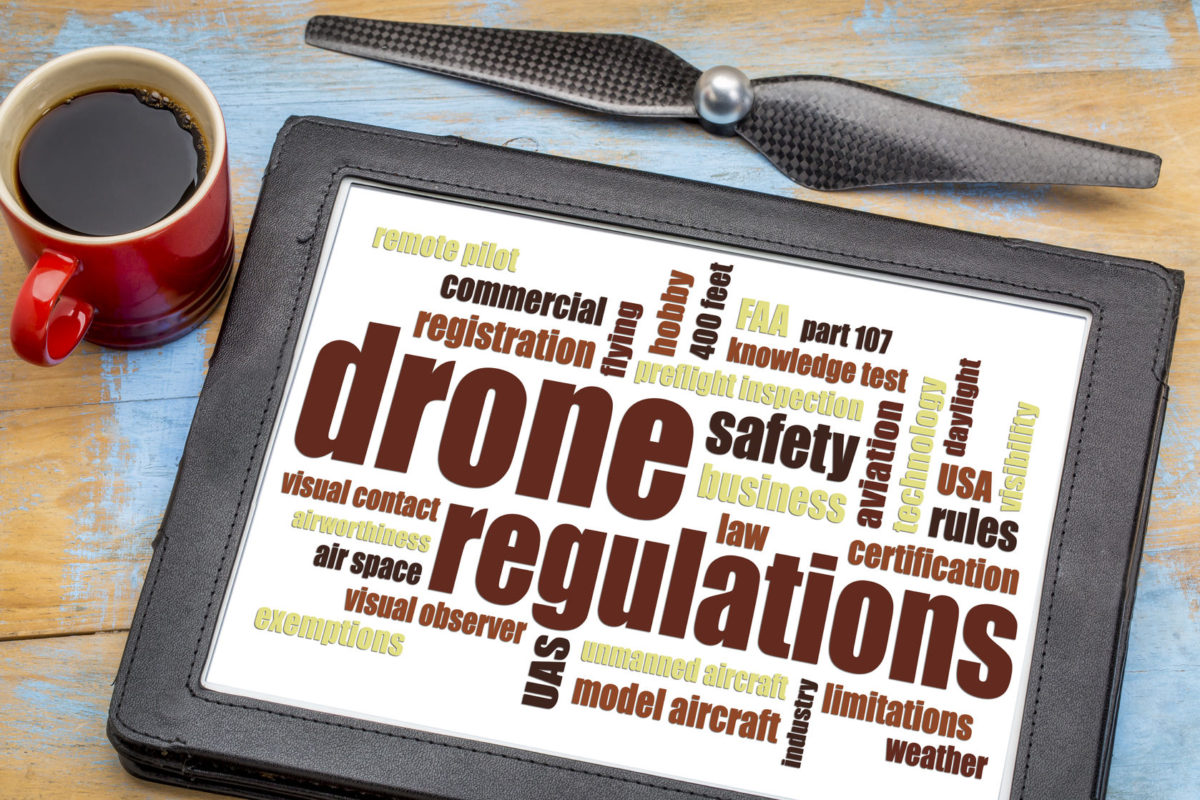The FAA has denied the vast majority of Part 107 Waiver requests submitted by drone pilots and operators. The number one reason for waiver or airspace denial is the failure of the applicant to provide sufficient details about their operations, and detail about “the proposed operation, the purpose of the operation, and method by which the proposed operation can be safely conducted.” If you have been denied a waiver, and need assistance, feel free to register for Drone Law Pro’s free Part 107 waiver training here. If you still feel the need to hire a drone attorney to assist with your waiver, you can contact us for a flat fee quote.
Here is an example of a Part 107 Waiver denial by the FAA. Note that the request for waiver was not sufficient enough to allow the FAA to contact the applicant in order to fix the errors and receive the waiver request.
FAA Part 107 Waiver Denied
[Dear Part 107 Applicant]:
Thank you for submitting a 14 CFR Part 107 request for certificate of waiver through the automated FAA small unmanned aircraft (sUAS) waiver application portal.
When the FAA responds to a request for a certificate of waiver, it must follow the requirements of 14 CFR § 107.200, “Waiver policy and requirements,” particularly those standards outlined in § 107.200(b). As stated in that section, the FAA uses the following criteria when making a decision as to whether to grant a waiver:1) a complete description of the proposed operation; and
2) justification that establishes that the operation can safely be conducted under the terms of a certificate of waiver.Given the criteria outlined above, the FAA is unable to approve your request for a waiver to §107.29 because you did not describe interventions, for one or more hazards, to mitigate risk to an acceptable level. If you would like to reapply, include as much detail as required to describe the proposed operation, the purpose of the operation, and method by which the proposed operation can be safely conducted. Information should identify potential hazards and risks of the waivered operation, including risk-mitigation strategies, and characteristics of the sUAS. Refer to the waiver performance standards at: https://www.faa.gov/uas/request_waiver. You must address each of the standards for the applicable regulatory section to be waived. Address each standard and how you propose to mitigate risks associated with the hazards utilizing operating limitations, technology, training, equipment, personnel, sterile areas, etc. Only request a waiver from regulatory sections necessary to conduct the operation.
Your request to operate in controlled airspace in accordance with or under a waiver from the requirements of § 107.41 was not evaluated by the FAA’s Air Traffic Organization because your request for additional waivers under part 107 was disapproved. Should you still desire to operate in controlled airspace you will need to submit a new, separate application for authorization or waiver to § 107.41 at https://www.faa.gov/uas/request_waiver/. Please email questions related to controlled airspace access to 9-AJV-Part107Authorizations@faa.gov.

